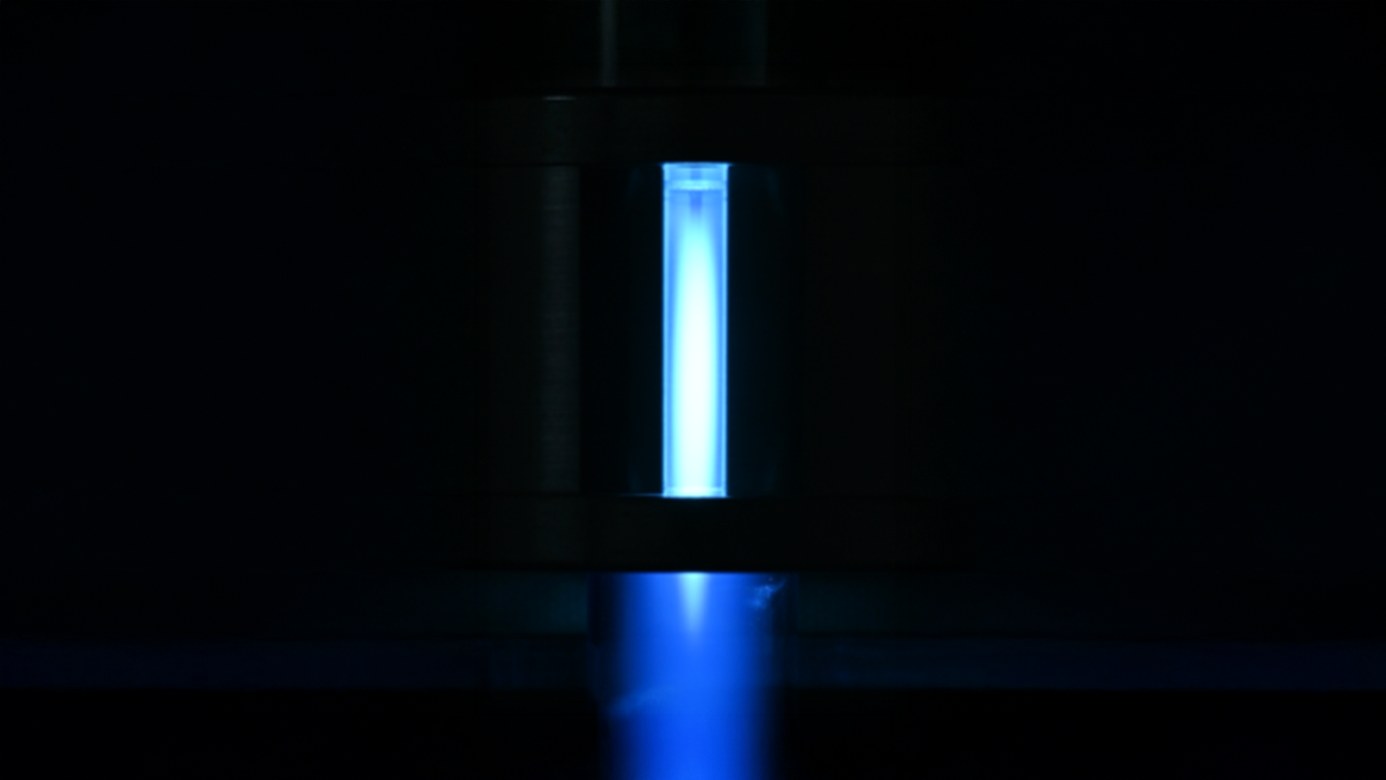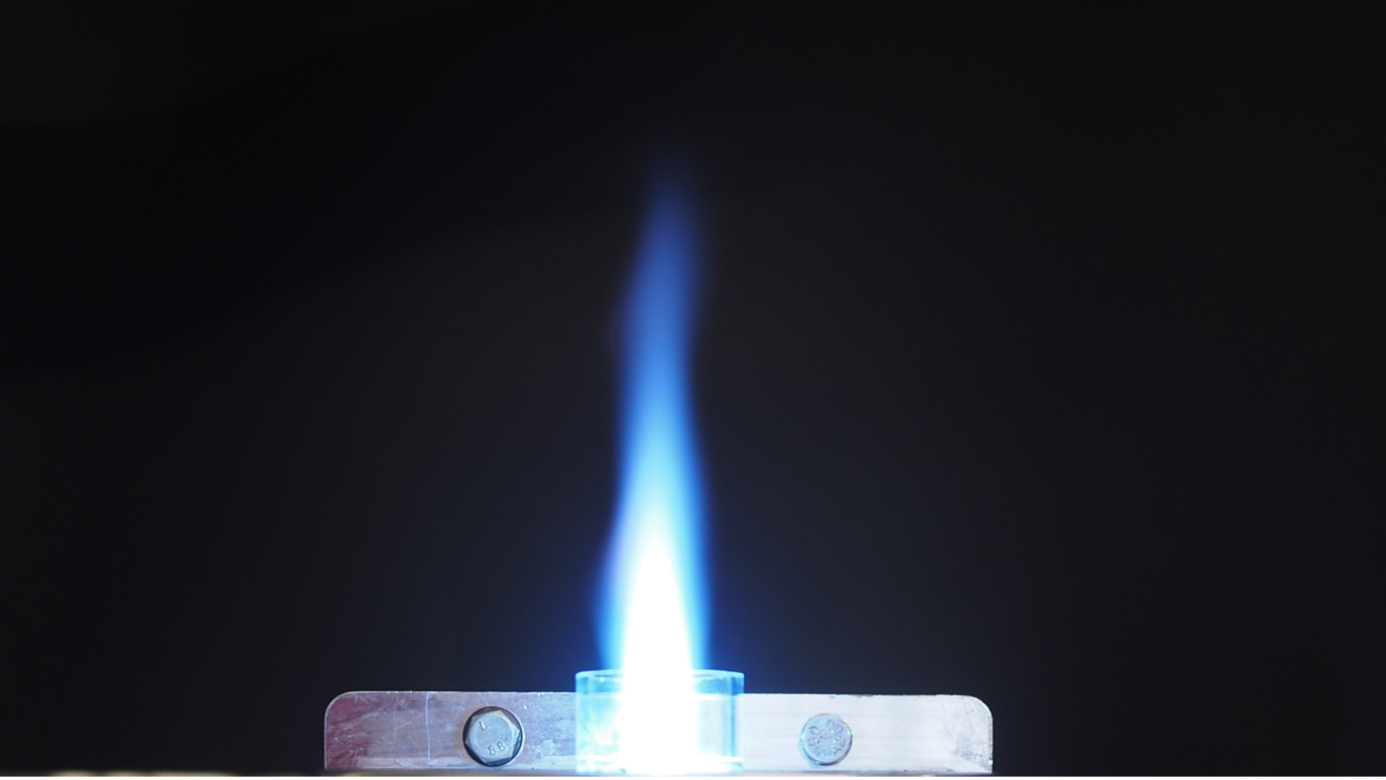
Advanced Post-Plasma Carbon Bed System Demonstrates High Efficiency in CO2 Conversion
Recent scientific investigations have unveiled significant advancements in plasma-based carbon dioxide (CO2) conversion, focusing on the efficacy of a post-plasma carbon bed system. This innovative approach holds considerable promise for sustainable energy solutions and the valorisation of CO2.
Experimental Methodology and Setup
The study utilised an atmospheric pressure gliding arc plasmatron as the core plasma generation unit. Experiments were meticulously conducted under both high and low Specific Energy Input (SEI) regimes to comprehensively assess the system’s performance across varying energy parameters. A key methodological feature involved the integration of a silo for continuous carbon feeding into the post-plasma bed, which enabled sustained experimental operation for approximately one hour per run.
Refined Energy Metric Calculations
A critical contribution of this research is the development of an improved Energy Efficiency (EE) calculation methodology. This refined method accurately considers the principal reaction contributions stemming from both the plasma and the carbon bed components of the system. Furthermore, the study addressed the inherent inconsistencies often encountered in determining EE within such complex chemical systems. Consequently, the researchers strongly advocated for the adoption of Energy Cost (EC) as the preferred and more accurate energy metric for reporting, citing its robust representation of energy consumption.
Optimal Performance and Key Results
The most favourable results in terms of CO2 conversion and overall energy metrics were consistently achieved with the longest carbon bed configuration tested. Specifically, under a high SEI regime, this optimal setup facilitated a CO2 conversion rate of 41%. Concurrently, it demonstrated an energy efficiency of 51% and an energy cost of 0.41 MJ/mol. These findings underscore the substantial potential of integrating post-plasma carbon beds to enhance the efficiency and effectiveness of CO2 valorisation processes.
This ground-breaking work highlights the significant improvements achievable in plasma-based CO2 conversion through the strategic integration of post-plasma carbon beds. The demonstrated high conversion rates and energy efficiencies, coupled with a refined approach to energy metric reporting, pave the way for more effective and sustainable CO2 utilisation technologies.
Links
The whole article can be found here:
https://www.sciencedirect.com/science/article/abs/pii/S2095495625000440?via%3Dihub
O’Modhrain, C., Gorbanev, Y., & Bogaerts, A. (2025). Post-plasma carbon bed design for CO2 conversion: Does size and insulation matter?. Journal of Energy Chemistry.
Keywords
CO2 conversion, plasma technology, carbon bed, energy efficiency, energy cost, gliding arc plasmatron



